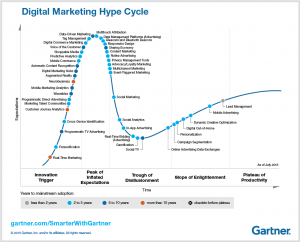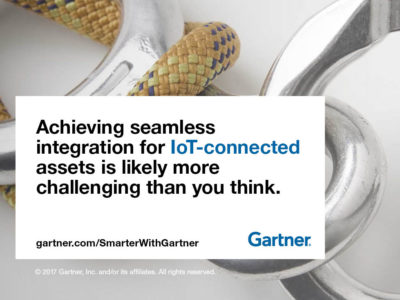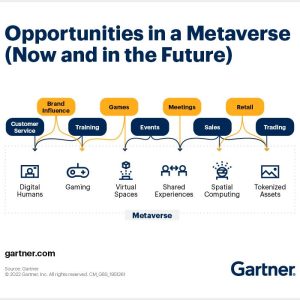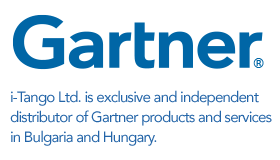Use this roadmap to identify areas of investment in emerging technologies.
Contributor: Heather Levy
Walk into any store in any city selling any type of product, and you’ll immediately see why improving customer experience is a top priority for today’s digital marketer: Customers use a variety of devices from smartphones, to tablets to desktop computers, spanning multiple operating systems and browsers. Consumers use these devices at different stages of the buying journey, and in different combinations, but they expect brands to engage them in personal ways that meet their individual needs. How does a marketer make smart, strategic technology choices to improve business outcomes across so many different experiences?
Marketing’s focus on customer experience in 2015 has given rise to five trends that are driving changes in emerging digital marketing technologies, according to Mike McGuire, research vice president for Gartner for Marketing Leaders in this year’s Digital Marketing Hype Cycle Report. The trends revolve around cross-channel execution, automation, personalization, engagement and commerce.
Focus on cross-channel strategy, campaigns and data
Marketers want shareable, actionable audience data to be used at the right time in the right combination of channels. Digital marketing hubs represent a technology approaching the Peak of Inflated Expectations. These hubs function as the central points for marketers to collect, view, analyze and act on data, content, workflow elements and multichannel campaigns. Take note because digital marketing hubs will have an impact on the business on par with enterprise resource planning (ERP). Pay attention to the openness and extensibility of architecture components so the hub can adapt to your evolving marketing needs. Other technologies falling into this category include multichannel marketing, loyalty marketing and those solving for cross-device IDs.
Automation to boost speed and performance
Marketers continue to seek automated solutions to overcome inefficiencies and improve targeting capabilities. Though catching headlines in 2009 for its promise, real-time bidding has developed a shadow side of “bad actors,” along the road to automation nirvana sending it into the Trough of Disillusionment. Issues include delivery fraud, non-viewable ads, privacy issues and questionable quality. Troubles aside, the technology has delivered clear gains in efficiency and effectiveness. Alternate forms of automation, such as programmatic direct, will supply advertisers with improved access to high quality content and selective audiences.
Digital marketing hubs will have an impact on the business on par with ERP.
Yearning for 1:1 customer relationships
Marketers continue to strive for something approximating one-to-one relationships with customers. Climbing up the Slope of Enlightenment on the hype curve, personalization applies context and a user’s circumstances to tailor content, offers and interactions. Personalization strategies and tactics ranging from slightly customized emails that include a recipient’s name to fully contextual and customized landing pages are key fronts in the battle for customer experience differentiation. Personification, the delivery of relevant digital experiences to individuals based on their inferred membership in a customer segment, was added to the Hype Cycle this year and is just entering the Innovation Trigger stage.
Engagement aligned to daily activities
Marketers want to engage customers within the context of their daily activities, which is why event-triggered marketing is quickly moving toward the Plateau of Productivity in the hype cycle. This technology that can recover at least 20% of shopping cart abandonment and deliver 5x improvement in response rates over untimed mass-marketing and have a significant impact on revenue. Additionally, a recent multichannel marketing survey revealed that marketers would double their investment in event-triggered personalization over the next two years. Real-time marketing and mobile marketing are progressing as well with real productivity gains.
More responsibility for digital commerce
Nearing the Peak of Inflated Expectations, mobile commerce has grown fast and opportunities expand every year. While mobile devices are being used for payments as a digital wallet, the largest opportunity for mobile today lies with sellers using it to improve their customers’ experience whether online or offline. There are strong use cases across travel, hospitality and retail. Marketers are also finding new opportunities, as well as threats, from the sharing economy.
Gartner for Marketing Leaders clients can read more in the report, Hype Cycle for Digital Marketing, 2015. Additional information on Gartner’s Hype Cycle methodology is available at here.
For more Digital Marketing articles visit Smarter with Gartner website.











